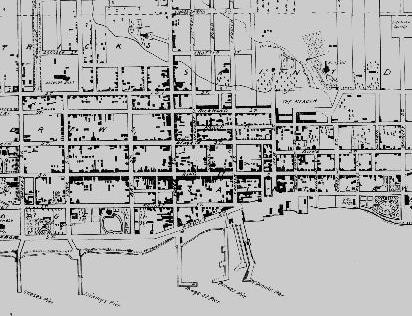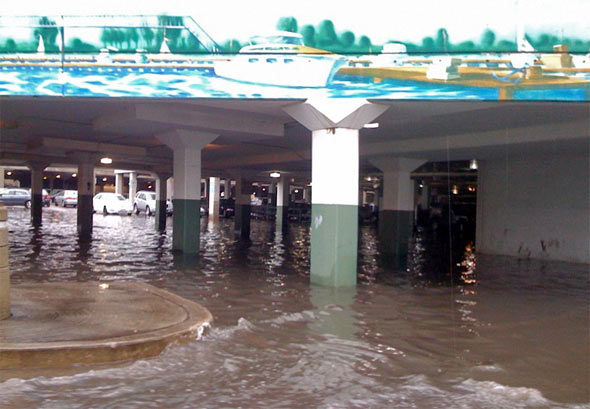janschot
New Member
The development of the Danforth happened in the time when it had streetcars (which appeared in 1912, even before the Prince Edward Viaduct). The subway was built considerably later (1966). Not to imply a causal connection, but areas of the Danforth that used to be lively in the time of streetcars are no longer (see recent Toronto Star articles about Greenwood area).
There will never be the ridership on Queen's Quay to justify more underground sections.
There will never be the ridership on Queen's Quay to justify more underground sections.

